
On Sunday evening my parents were in a cab in their town, Nahariya, near Israel’s border with Lebanon, when a boom shook the streets and buildings. A Hezbollah suicide drone had just hit near the beach promenade. The impact was followed, belatedly, by an air-raid siren—Israel’s warning systems, designed for rockets, have a harder time with drones. They ran into a nearby building, meeting a few frightened residents taking shelter in the stairwell.
My parents are lucky to still be in their homes. North of their town, and along the entire length of the Israeli-Lebanon border, all civilians—about 70,000 people—have been evacuated under fire from the Iranian-backed Shia group north of the border. Legendary frontier kibbutzim where pioneers set Israel’s border eight decades ago, like Hanita and Manara, have been empty, unthinkably, for eight months. The town of Kiryat Shmona is deserted. Metullah, a community established by Jews in 1896, is a battered ghost town.
As I write, fires ignited by Hezbollah rockets rage in forests and fields across the north. The images of the blazes seem to symbolize the wildfire that began here on October 7, and which feels like it’s burning out of control in Israel and beyond.
With Israeli and international focus on the fighting in Gaza, and without sending in a single soldier, Hezbollah has successfully moved Israel’s northern border a few miles south. Israel’s military has been picking off Hezbollah fighters and commanders with air strikes, but this hasn’t calmed things down, and no one knows when Israelis who live in the north will be able to return home.
The drone that rattled my parents on Sunday was the first to hit their town since the war began, suggesting that Hezbollah could be expanding its range. If it’s a harbinger of strikes to come, and if Nahariya has to be evacuated, it will mean another 70,000 people displaced, doubling the number of Israelis already evacuated from the north.
News reports on Tuesday night said the war cabinet was meeting to discuss Hezbollah and the north. Since October 7, when Hezbollah began striking across the border in support of Hamas, it has been clear that a major war in Lebanon is likely. As I’ve reported here, experts think this war could have ten times the intensity of what we’ve seen so far in Gaza. Hezbollah has far more rockets than Hamas and is better trained. While never saying so explicitly, Israel can’t conduct significant campaigns on the two fronts simultaneously, so the situation along the border has been allowed to continue inconclusively. But this can’t go on indefinitely, and an Israeli move now seems closer than ever. When this happens, Gaza moves to the back burner and Lebanon comes to the front.
Matti Friedman is a Jerusalem-based columnist for The Free Press. He’s the author of four nonfiction books, including most recently, Who by Fire: Leonard Cohen in the Sinai. Read his Free Press piece, “Why I Got a Gun.”
Become a Free Press subscriber today:

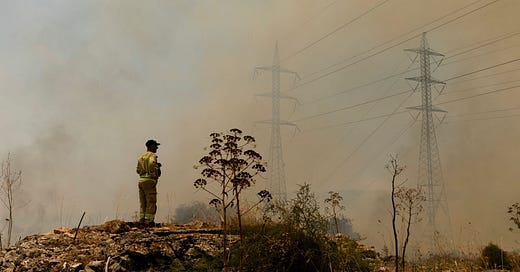



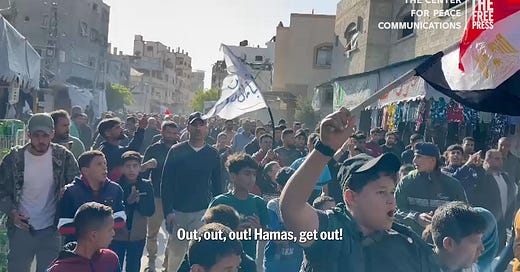
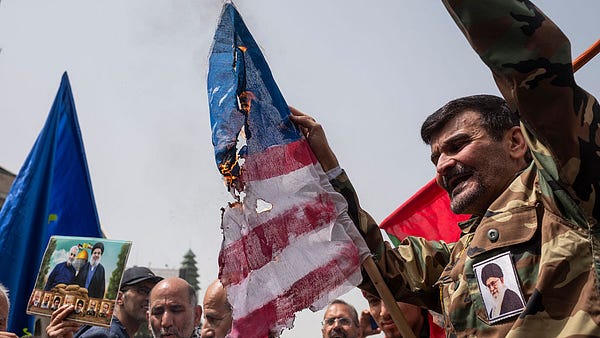

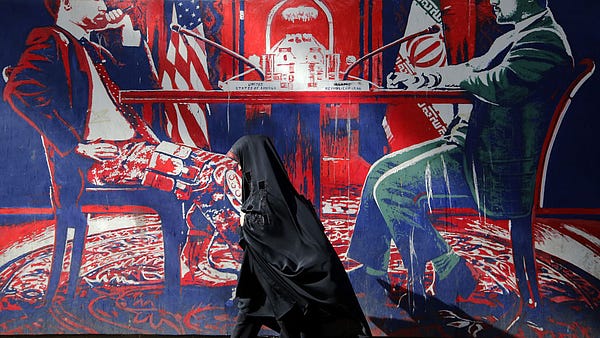

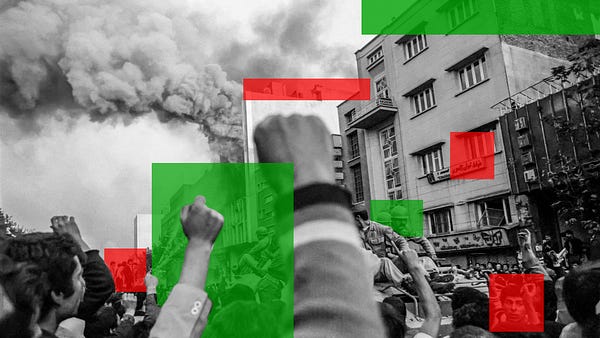

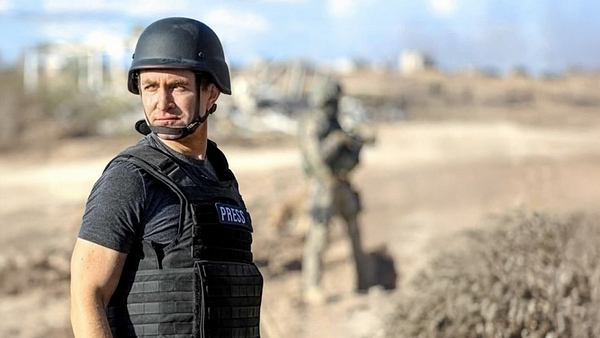

To paraphrase, “It’s Iran stupid!!”. Sooner or later, Israel will have to make a significant strike on Iran. Not a show strike, but a strike that threatens the Ayatollah’s regime.
Interesting that this is getting almost zero MSM press coverage. Doesn't fit well, it seems, with their narrative of Israel as a genocidal aggressor.